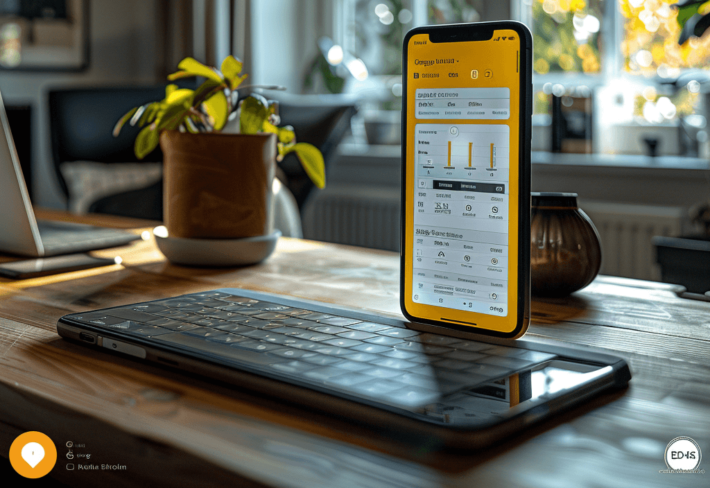How to Integrate Applicant Assessment Tools in Your Recruitment Process

By integrating applicant assessment tools into your recruitment drive, you can efficiently hire better people, ensuring that every candidate is thoroughly evaluated for the skills and attributes necessary for success in your organization.
These tools provide a structured and objective way to assess applicants, reducing the chances of biases and errors that can occur with traditional hiring methods. Our comprehensive guide walks you through the process, ensuring a smooth implementation of these tools into your current workflows.
Advantages of Integration
Before going into the steps for integration, there are some real benefits that should be understood:
Integrating assessment tools with your applicant tracking system (ATS) creates a cohesive workflow, reducing manual data entry and minimizing errors.
Improved Candidate Experience: Indeed, a better candidate experience is born out of a smooth and efficient process. This would make your organization very attractive to top talent.
Data-Driven Decisions: One of the core reasons for the integration is centralized data management, which will enable HR teams to drive informed and, hence, data-driven hiring decisions.
Consistency in Evaluation: Standardized tests provide a universal and direct assessment of all candidates against a common platform of criteria, ensuring fairness in the test.

Steps to Integrate Applicant Assessment Tools
Define Your Objectives
Clearly articulate what it is that you are seeking to achieve through the integration. This could mean reducing the time to hire, improving the quality of candidates, or simply enhancing the whole manner of hiring.
Choose the Right Tools
Choose assessment tools that fit your needs, integrate with other HR software, and have simulations of real-world tasks with integrated cultural fit assessments supported by performance analytics.
Train Your HR Team
Provide detailed training to your HR team on how to use their new tools. This entails understanding the features, interpreting assessment results, and integrating the tools into daily workflows.
Update Job Descriptions

Also, mention using assessment tools when describing your job to candidates.
This will help in setting clear expectations and prepare them for an assessment.
Develop a Structured Assessment Plan
Define the steps in your recruitment process where assessments will be taken. This could be after initial resume screening, before interviews, or as a final selection step.
Implement and Monitor
Use the identified assessment tools in your plans and track the impact with due care. Obtain feedback from candidates and HR people about problems and areas of improvement.
Analyze and Optimize
The data obtained from the assessments should be regularly analyzed to establish their effectiveness. This data shall be used in fine-tuning your hiring strategies for continuous improvements.
Case Study: Successful Assessment Integration
Company: Innovative Solutions Inc.
Challenge: High time-to-hire and inconsistent candidate evaluation process.
Solution: SkillCheck Plus, integrated with their applicant tracking system, automated pre-employment skill assessments, and performance analytics.
Results: Innovative Solutions Inc. reduced time-to-hire by 35% and gained more consistency in evaluating candidates. With integration, data from the assessment tool flowed seamlessly into the ATS, boosting overall hiring efficiency.

Tips to Integrate Effectively
Start with a Pilot Program: Run a pilot program before full-scale deployment to test the integration and obtain some first feedback. This will help you identify and fix issues at an early stage.
Communicate with Stakeholders: Keep all those interested informed of integration implementation and their benefits, which may include an HR team, hiring managers, or even IT departments.
Leverage Support from Vendors: Use the help provided by assessment tool vendors themselves. They can become very helpful during integration.
Review Regularly and Make Adjustments: Continuously reassess the performance of the integrated system and make any adjustments as needed. This will ensure that your tools are working in achieving your objectives and contributing to your hiring success.
Future Trends in Integrations
AI-Powered Integration: AI-driven integration will enable more intelligent and automated workflows to take over the hiring process more efficiently.
Mobile Integration: Mobile-friendly assessment tools will allow candidates to practice on their smartphones, therefore making the process more accessible and convenient.
Real-Time Analytics: Integrations in the future will be based on the consideration of real-time analytics to provide instant insights about candidate performance and thus speed up decision-making.
Begin Today
Bringing applicant assessment tools into your recruitment process is the surest way to increase hiring efficiency and quality simultaneously. Through structured approaches and the application of the right tools in working procedures, you could get a seamless and effective hiring workflow.



